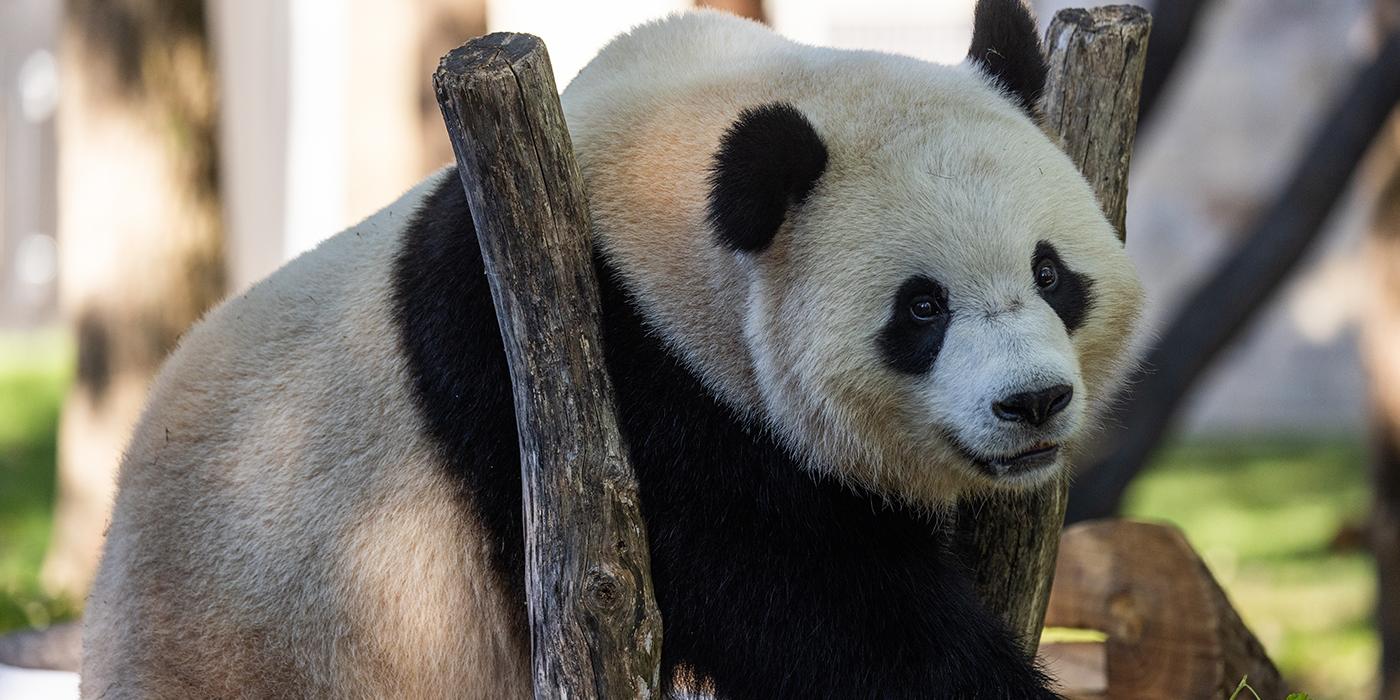Cold Weather Statement
With temperatures dropping, the Smithsonian’s National Zoo continues to ensure that all of its animals—and visitors—are healthy and comfortable. Most of the animals at the Zoo are selected for their ability to thrive in Washington, D.C.'s year-round climate. Those that can go outside are offered a choice year round about whether to go outside or stay in their indoor exhibit. Most indoor exhibits are warmed with heat in the winter and cooled with air conditioning in the summer. Ultimately management varies by species.
- Ring-tailed lemurs, the acrobatic inhabitants of the Zoo’s Lemur Island, are brought indoors for the winter. Native to the tropical forests of Madagascar, lemurs are not equipped to handle the cold winter weather.
- The Zoo’s lions and tigers remain outside in the wintertime, following their normal schedules unless the temperature dips below 40 degrees Fahrenheit. Once the temperature drops below this threshold, keepers assess the cats’ behavior, as well as factors such as wind chill and snowfall, to determine whether or not they should go out. Although rock dens in the exhibits are heated during very low temperatures, the tropical Sumatran tigers and lions may be kept inside.
- The Zoo’s cheetahs remain outside in the winter. Termite mounds located throughout the Cheetah Conservation Station are heated and provide the cheetahs a respite from the bite of the winter wind.
- Many of the animals on Asia Trail—including the Asian small-clawed otters—have heated rocks in their exhibit to help keep warm.
- Cold-blooded animals, such as the Komodo dragons, cannot regulate their body temperature through physical changes, so they are kept indoors when it is cold.
- The Zoo’s giant pandas, are native to the cold climate of the western Chinese mountains and are actually more active in the wintertime. Panda habitat in the high elevations of the mountains is generally damper than our winter weather, but when it comes to temperature, the two climates are very similar.
Visitors have a number of options for staying warm:
- Visit the Zoo’s many indoor exhibits, all of which are heated. Wandering through the tropical rainforest of the Zoo’s Amazonia exhibit is a particularly nice treat on a blustery winter day.
- The Zoo sells hot chocolate and bird-friendly coffee.
- The Zoo’s gift shops sell animal-themed winter hats.
For winter-related photos, visit the Zoo’s Flickr page.
# # #
Related Species:




